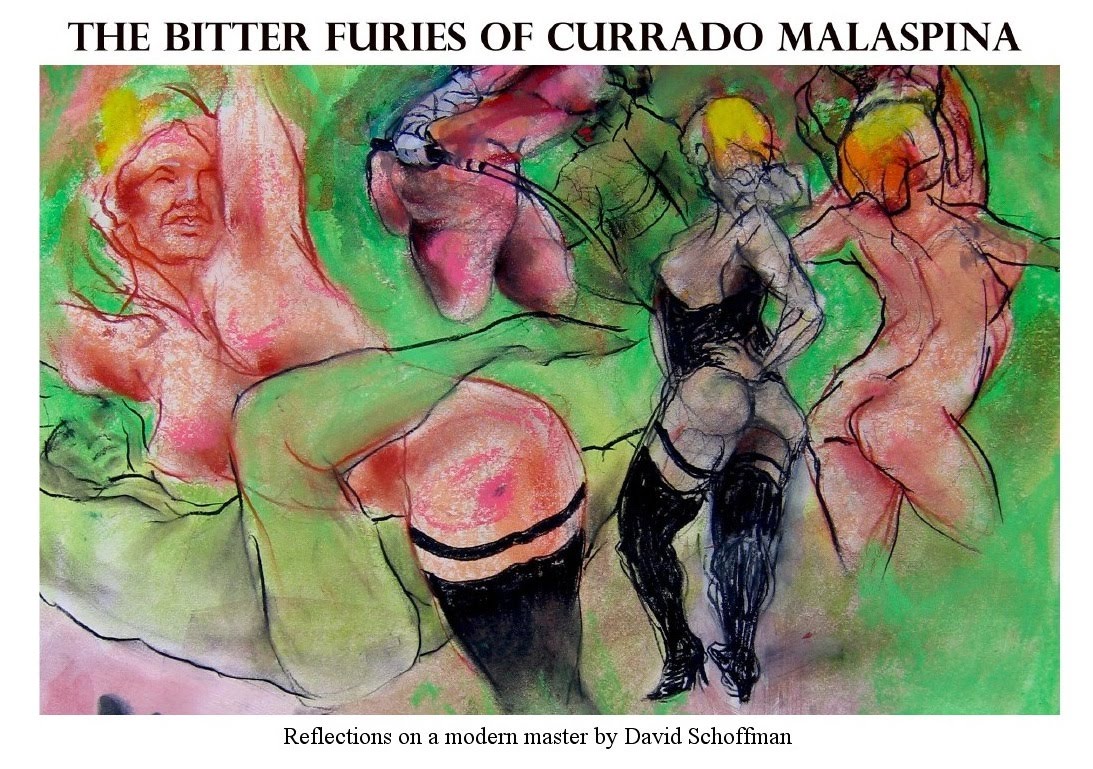
When the documentary filmmaker Michel Fédérovitch approached Currado Malaspina with a proposal to collaborate on his interminably deferred Jarry project, Currado jumped at the chance. It had little to do with any affinity with the noted progenitor of pataphysics, nor with any absurd interest in the world of the theatre but rather as a means to avoid confronting a chronic creative block that had turned his Rue Cournot studio into a barren patch of abandoned, half finished, ill-conceived attempts at restoring his unearned reputation.
For the sake of cruel but just brevity let me just state that Currado Malaspina is a wretched embittered has-been whose best work is way behind him. Whether it be Alfred E. Newman or Alfred Jarry, it matters little to a man whose creative intellect is a parched mesa of insignificant confections.
Enter Fédérovitch, flush with the financial backing of the pecunious software developers from Sophia Antipolis, Conjurés & Soldats and Malaspina is off his ass and drawing.
If my tone is bitter it is merely a reflection of an acutely focused resentment grounded in the fact that the image posted above fetched a pagan’s ransom at Sotheby’s in the early spring auction. Sold to an undisclosed New York collector, it broke all previous Malaspina records at € 684,000
Ouch.



















